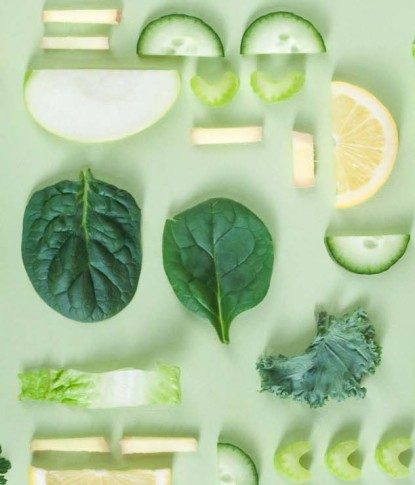
Skipping meals used to be a diet no-no. But these days weight-loss diets that involve fasting are becoming increasingly popular.
This is largely a result of intermittent fasting, which was first popularised in the UK in the form of the 5:2 diet. Here’s how to do it:
- You eat normally for five days out of the week.
- For two days you restrict your calories to 500 if you’re a woman, 600 if you’re a man (you can do two fasting days back to back or split them up during the week).
- Once you’ve reached your target weight, maintain it by eating normally for six days a week and fasting for one (6:1).
The 5:2 diet isn’t just simple, it’s effective too, so no wonder it has beomc a phenomenon among the UK’s diet aficionados.
Fasting variations
After the success of the 5:2 diet others followed, including alternate-day fasting, where you eat whatever your heart desires one day then fast the next.
The latest take on intermittent fasting is called time-restricted feeding. This means you only eat during certain hours, typically between breakfast and mid-afternoon (you eat during a six- or seven-hour window, then fast until the next day). Eating in this pattern is thought to help control appetite and boost weight loss.
One-day fast
If you don’t want to commit to the 5:2 or jump on the time-restricted eating bandwagon, here’s how to keep it old school with a simple juice fast:
- Wind down your food intake the day before by having lighter meals than usual.
- Choose a time when you won’t be doing anything strenuous (weekends are usually best). But try to keep busy, as the more time you spend sitting around, the more time you’ll have to think about food. Try to do some light exercise too, as combining exercise with fasting has been shown to be effective for weight loss.
- Start your day with a glass of prune juice or tomato juice. Then, drink some fresh juice – preferably made yourself with a juicer – every hour, or as needed. Use any type of fruit – bananas, apples, mangos, pears, strawberries etc. But don’t have too much citrus juice (orange, pineapple, grapefruit), as it may upset your stomach.
- Also try juicing some veggies, such as spinach, celery, kale and carrots – better still, combine fruit and veg in your juice (you may find it tastes better than pure veggie juice).
- Drink plenty of water too, as staying well hydrated can help keep hunger at bay.
If however you feel faint or dizzy, eat something solid, such as a banana or some carrot sticks. Then once your fast is over, start eating solids again by having light meals – don’t eat anything heavy for at least a day or two.
If you suffer from any medical complaints or if you’re in doubt about any aspect of your health, always consult your GP before attempting a fast. Never fast for more than one or two days at a time without medical supervision.




